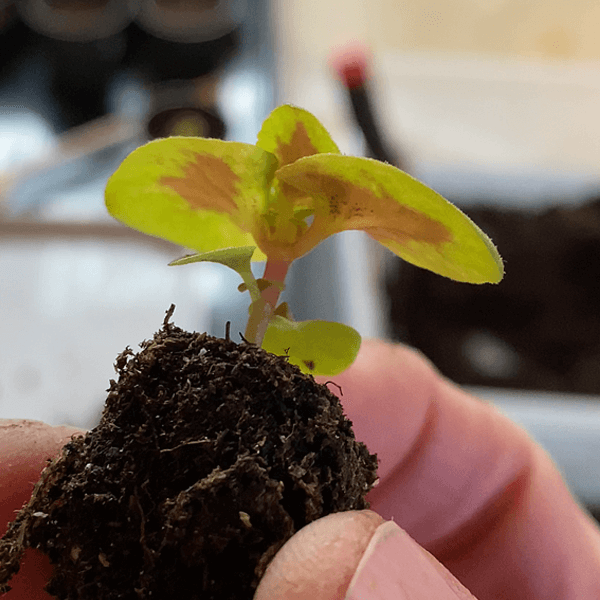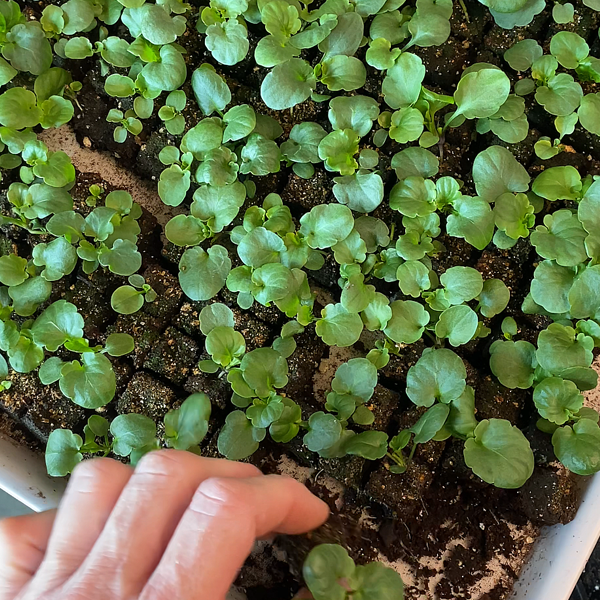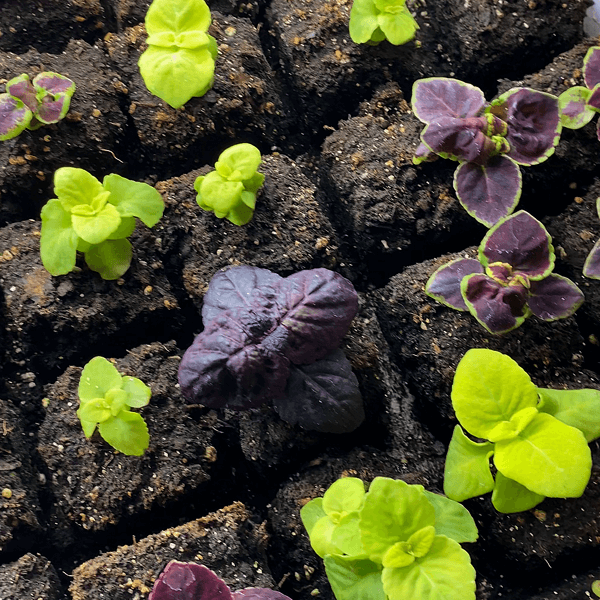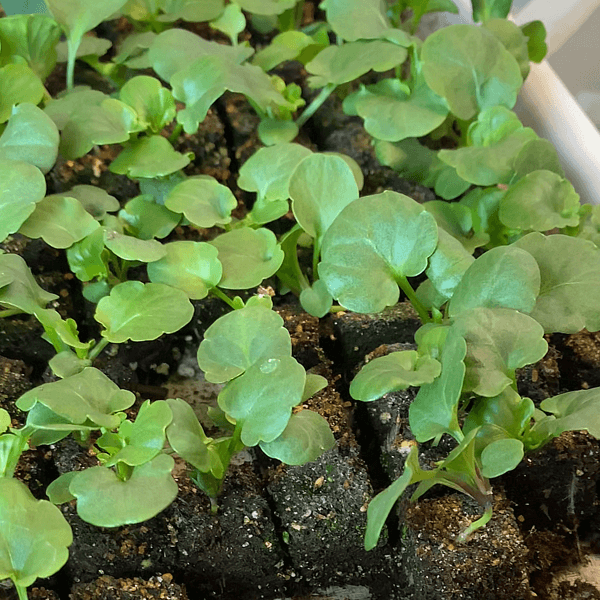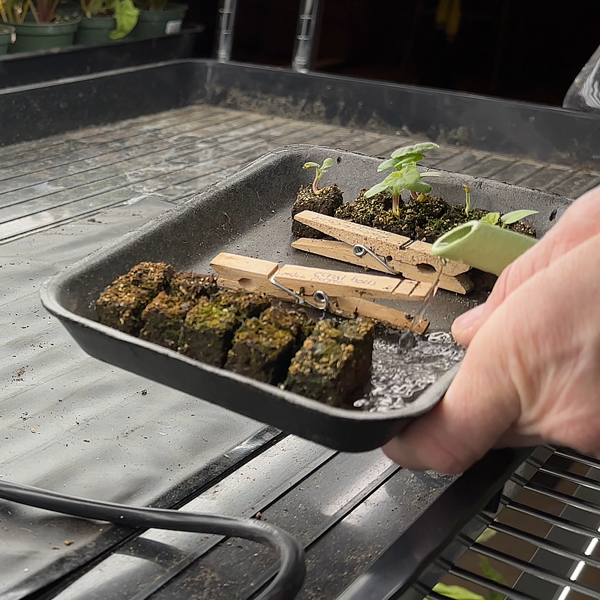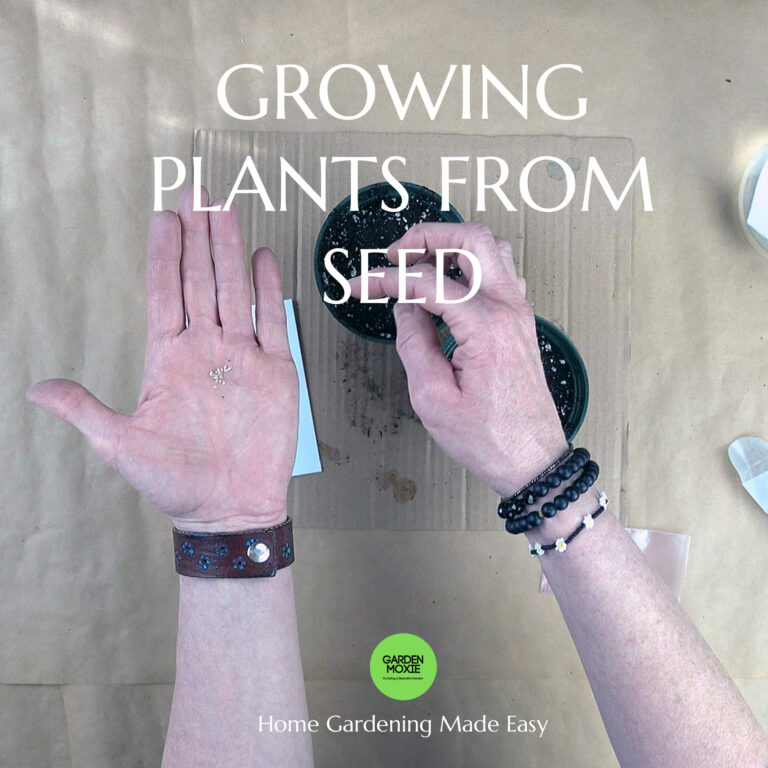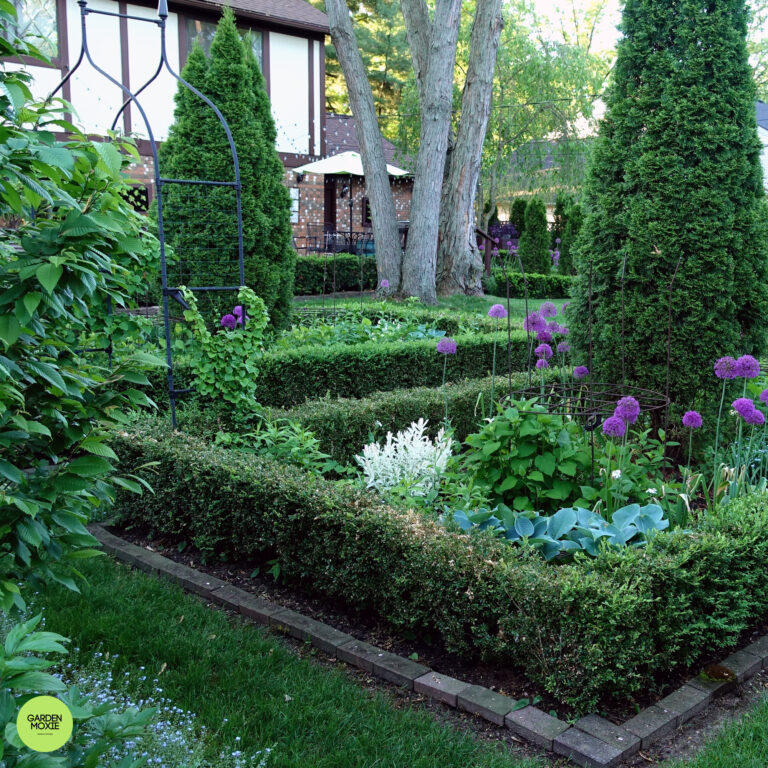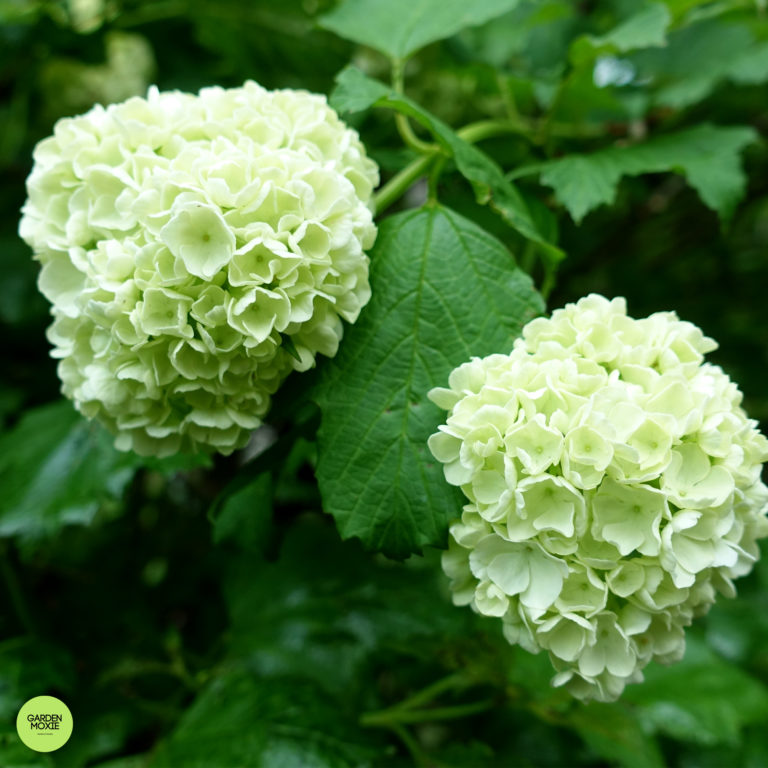Advantages of Soil Blocking
Soil blocking is a great way to start your seedlings in a sustainable way.
Soil blocks take up less space than traditional seed starting methods, making them perfect for the home gardener. You can grow more seeds in the same space compared to traditional seed trays.
The thing I like best about soil blocking is how easy it is to transplant seedlings. You can move seedlings into larger pots or your garden without disturbing the roots.
Why Should You Soil Block?
Soil blocking is a great way to start seeds. It’s a popular alternative to traditional seed starting methods.
Making soil blocks is easy. You compress soil, compost, and other lightweight aggregates into a cube shape. Soil blocking tools make this task easy.
This blog post provides an overview of the benefits of using soil blocks. It also gives a few tips to make your soil blocks last.
5 Easy Steps for Soil Blocking
To get started with soil blocking, you’ll need a soil blocker, soil, and your chosen seeds. The five easy steps to soil blocking are as follows:
1. Prepare your soil. Sift the soil and remove any debris.
2. Fill the soil blocker with your soil mixture (I use regular potting soil).
3. Press the handle on the soil blocker to create the soil blocks.
4. Place a single seed into each block.
5. Water the soil blocks by placing water into the trays and allowing the blocks to soak up the water. Drain off excess water.
How I Grow Coleus Seeds in Soil Blocks
Soil Blocks versus Seed Trays
Soil blocks grow more seeds in the same amount of space as traditional seed trays. This lets you maximize your output during the growing season.
Soil blocks also provide a better growing environment for seedlings. Each block provides plenty of oxygen, moisture and drainage. Soil blocks encourage root pruning because the blocks are exposed to air. Your seedlings are less likely to develop circling roots.
And best of all, you can transplant the seeding without disturbing their roots.
How to Water Soil Blocks
It’s important to know how to water soil blocks.
Start by filling the tray that holds the soil blocks with warm water. Let the blocks soak for about 10 minutes, and then drain off any excess water.
You want to watch to make sure the blocks soak up enough water, but you don’t want to leave standing water at the bottom of the trays.
Too much water causes soil blocks to weaken and they can break apart. That’s why it’s important not to over water soil blocks. If you start to see green algae on the surface of your blocks, it’s a sign you’re over watering.
Correct watering ensures your blocks are durable.
Why Soil Blocks Fall Apart
Soil blocks can sometimes fall apart.
If soil blocks have too much or too little water, they can fall apart. If soil blocks get too much sun or heat, they can dry out and become weak.
To avoid this, keep you soil blocks properly watered and avoid handling the blocks. Check the blocks daily to ensure they have the right moisture level.
Add a layer of vermiculite over the tops of the soil blocks to help maintain the right moisture level.
Soil Blocks Grow Healthy Seedlings
Soil blocks are an effective way to grow plants from seed.
Soil blocks can produce healthier, stronger plants compared to seeds grown in trays. Soil blocks encourage strong root growth which allows for a greater uptake of nutrients. This leads to stronger, healthier plants.
Soil blocks have good aeration and drainage which is key for robust root growth. This can increase yields, as well as grow larger and healthier plants.
Finally, soil blocks conserve space and reduce the amount of plastic waste. All in all, soil blocks are a great way to get the most out of your seeds. It’s worth giving them a try.


